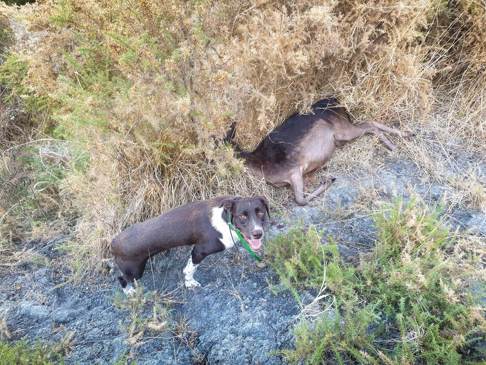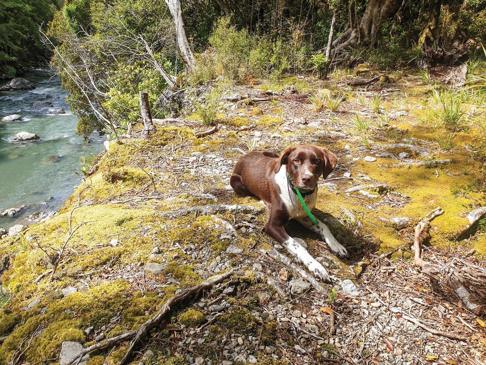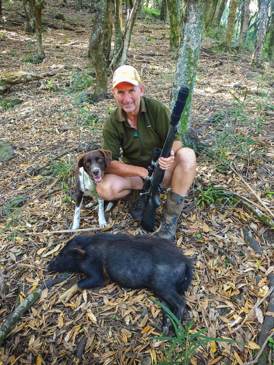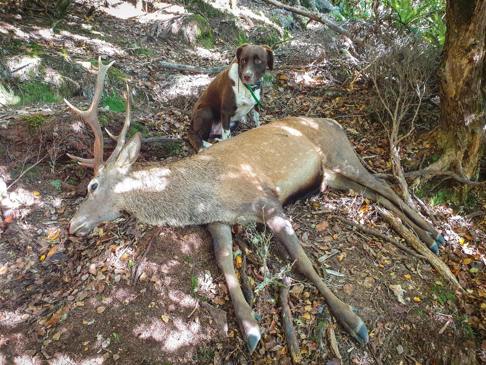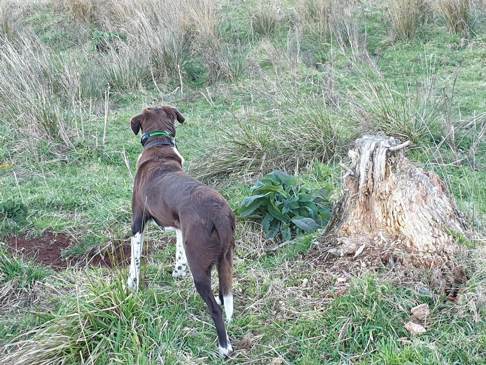When I started this series, I intended to write only a couple of articles on the subject. That changed when I found more and more to write about and tons of people told me they were enjoying reading about Sami’s and my experiences and were finding the information helpful.
I’ll say again I am not a wonder dog trainer. I do have about thirty years of experience training and working dogs but the more I learn, the more I seem to find I have yet to learn. I change what I do along the way as I learn. I do the best I can with the information I have at the time.
Reading, understanding and training dogs is a lifetime pursuit; that’s what keeps it interesting. In this article, I thought I would jot down some of the things I have learned from my time with Sami and other dogs, so here goes.
1. There is no such thing as the perfect dog. Dogs might say the same about us too. No matter the dog, it can be improved through good training, consistency and repetition. You can’t expect a legend though if you only go for a hunt five times a year. Dogs need lots of experience to cement the learning.
2. Think REALLY hard about what your deal breakers are in a dog. What actually are your ‘make or break’ things? What do you want your dog to do for and with you? Then choose the breed that will naturally lend itself to that. Try not to fight genetics. Don’t be swayed by trends and fads. Get what works. That is what will give you the greatest pleasure. A high-bred status/trendy/unsuitable breed that you tear your hair out over will not. This is not to say purebred dogs are bad but look at the breed traits carefully. Actually, if you really want a purebred dog, a small, calm, well-bred black Lab bitch still takes a lot of beating in my humble opinion. Or a placid, biddable plainer-eyed heading dog-type.
3. The easiest way to fix breed-related issues and traits is not to pick a dog with that genetic makeup in the first place. If you think I am labouring this a bit, you would be right.
4. Your dog is not a robot. Don’t be so picky about wee things that really don’t matter to the point where you might sour your relationship with the dog. Know when to apply pressure and when to back off. Never forget that it is supposed to be all about enjoying yourself as a recreational hunter.
5. Match your breed choice to your temperament, experience level and lifestyle. High energy dogs for example, are hard work in small suburban sections unless you are a high energy person who is constantly doing stuff the dog can be a part of, such as running daily for five kilometres.
6. If you want a breed mix (mongrel, for want of a better word) there is a greater risk of one of the breeds being dominant and you may not get exactly what you want. Tread carefully and if possible, observe a number of dogs from previous litters.
7. Ultimately, indicating dog choice should come back to three things: temperament (settled, calm natured and biddable) brains and enough hunt drive to get the job done without being too much to handle.
8. Training can be as simple or as flashy as you want it to be. The main commands you need are:
- come here (no matter what)
- stop/ stay
- in front or even beside, depending on where you want the dog to hunt for you
- no/leave it
- OK (release command).
If you have these commands rock solid, you can just go hunting lots and you and your dog will join the dots through experience and find your own rhythm as a partnership. Your dog must be under control first. No exceptions. This also assumes that bush travel, creeks, gun training etc boxes are ticked first.
9. Good training is really about consistency and repetition. Make sure your dog understands the command and what you want from it. Draw the line in the sand and bring your dog back to that if a toenail goes over – but don’t be a prick about it. Where possible, create an environment that simulates the same situation in daily life as in the bush. Maximise your dog’s learning opportunities. For the average recreational hunter, I think a dog that doesn’t lose you animals is almost more important than having one that supposedly could find you everything. What I mean is that if you have a dog that is great company on the hill and calm and quiet and puts you onto animals you might otherwise have walked past, that’s better than a canine heat-seeking device that you have to ride constantly to keep in and tear your hair out over. Think about what you really want from your dog. One that quietly tags along and lifts its nose to say “there’s one somewhere down the face below” will probably be more easily achievable, fun and more relaxing for most weekend hunters.
10. Having an indicating dog does not mean you can stop hunting yourself. You are a team and your powers of deduction will add significantly to what your dog delivers. You still need to put your dog in the zone and set it up for success. What do I mean by this? Well the best pig hunters actually hunt pigs more like a deer hunter would. They work the sign, wind, seasons and animal’s habits and set their dogs up for success. Compare this to other pig hunters who just walk around, expecting their dogs to do everything. See the difference?
11. Don’t expect too much too soon. You will be amazed at the difference in your dog between 1, 2, 3 and 4 years of age. It takes time and experience to make a truly good dog. The best dogs are born and then made. Just like us. Many dogs get rehomed at a year old, just when they are starting to calm down a bit. Sami turned a big corner at two years old when it came to settling down.
12. Set your young dog up for success, especially in its first year of life. If it is part of a family, remove it from social situations where it may be encouraged to be an idiot or act in ways you do not want it to. A kennel with a run is a great help here and the dog will actually enjoy time out in its own space. It doesn’t need to be with you every hour of the day if it is getting sufficient attention and exercise. Training and age will enable the dog in time to be part of more events without issues arising.
13. When training a dog, you need to get out of the mindset of going hunting to shoot a deer. You are going hunting to train your dog. And if things are not happening the way they need to, then don’t reward that behaviour by shooting an animal. Once again, everything you do should be to set your dog up for success. Goats are the best training animals for an indicator dog.
14. Think about where you are hunting your young dog. Big bush that is quiet and easy to get around in is good as it forces the dog to rely on its nose and helps it to do that. Hunting goats in big clear pines is a winner every day. Don’t hunt areas where there are too many animals. Too much scent can be confusing and counter-productive.
15. When training your young dog, do it on your own. No other people and no other dogs. Hunting alone with your dog and not with a mate who is all about shooting a deer will help a lot. The exception to this might be taking an old steady dog of yours that you team the young one up with. It can help when you know your old dog and can watch your young one’s reaction to a scent that your old dog is keen on. At some stage the young dog has to learn to hunt itself. I prefer just me and my dog.
16. Use a suppressor.
17. Teach your young dog to work both ground and air scents. Wind scent is more direct and easier to get an animal out of. Ground scenting can end up with you going the same way as the wind sometimes and spooking the animal.
18. Never send an indicating dog out on its own to find a dead or wounded animal. Never – even if the animal is only 20 metres away! That is encouraging self-hunting.
19. If you want an indicator, you need to target the bush and shoot animals there that your dog has put you onto by following scent. Shooting deer in paddocks will really only teach your dog to hunt with its eyes.
20. Follow your dog, follow your dog, follow your dog. Don’t be lazy.
21. Hunting deer in the bush (or any hunting) over a dog is some of the best fun hunting you could imagine!
When I look back at the past two years, it has been a lot of work, a lot (A LOT!) of hours and a lot of fun.
If Sami could talk, she would probably tell you that I certainly have my good and bad points as a hunter, but I am slowly coming right with time. There is no doubt that I have made the right decision at my stage as a hunter and I have found myself looking forward to time in the bush again, where before, the pig hunting had got stale (sorry Luke) and I was mostly going out for the dog’s sake.
Sami has developed into a really nice dog that I am increasingly fond of and connected to. She is a gentle bear and a big part of our family as well as an OK weapon in the bush. We recently spent a week in the Sounds with friends and Sami went everywhere with us – in the ute, boat etc and slept in our tent at night with not a peep. She had a great time and was easy to have around, which at the end of the day is what it is all about.
Yes, she is a working dog, but I want a mate as well. It is possible to have both. I wish you all the best of fun and success as you go down the indicating road.
Cheers, Johnny
